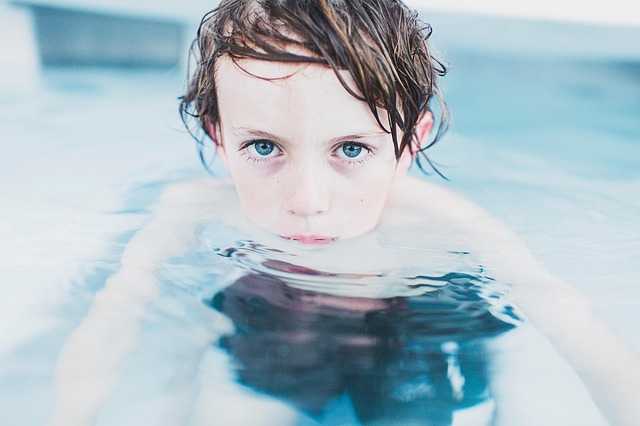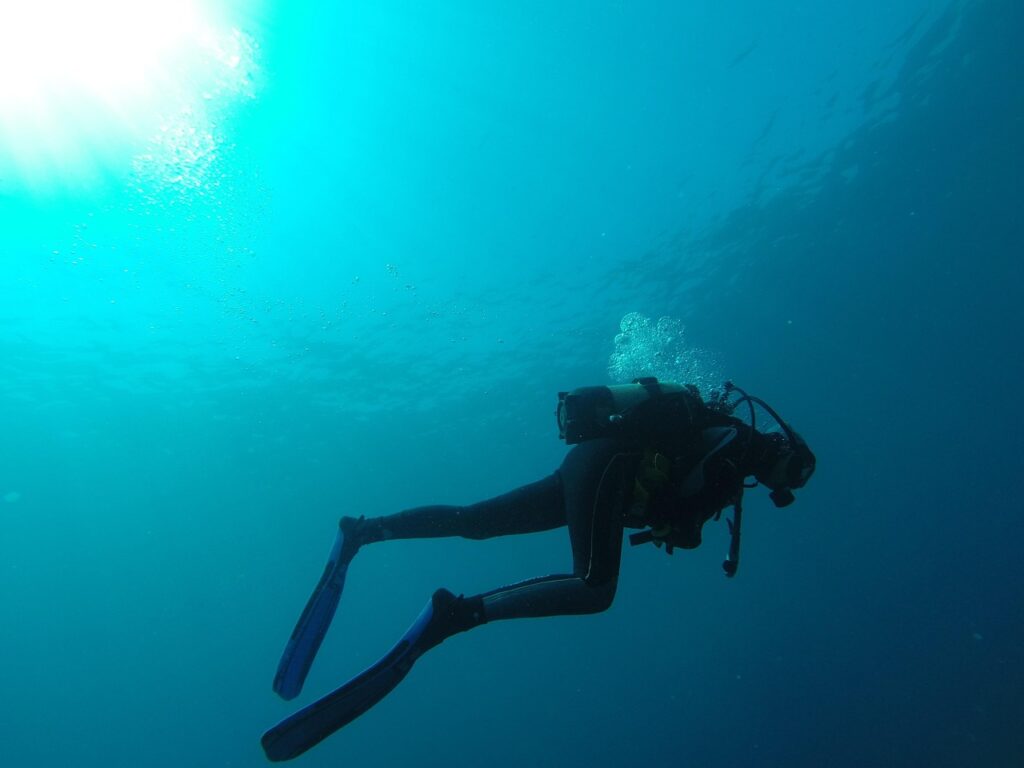As someone deeply passionate about both sports and environmental conservation, I’ve always been intrigued by the intersection of sustainability and athletic events. In the realm of swimming competitions, efforts to promote eco-friendly practices have become increasingly prevalent. From reducing plastic waste to implementing energy-efficient measures, the swimming community is making strides towards a greener future.
In this article, I’ll delve into the innovative sustainability initiatives being adopted in swimming events and competitions worldwide. As swimmers strive for excellence in the pool, event organizers are also focusing on minimizing their environmental footprint. By exploring these sustainability efforts, we can appreciate the positive impact that conscious choices can have on the planet while still enjoying the thrill of competitive swimming.
Overview of Sustainability in Swimming Events
Swimming events are increasingly recognizing the importance of sustainability initiatives to minimize their environmental impact. By addressing current challenges in sustainable practices and implementing innovative solutions, these events aim to reduce waste and energy consumption while still delivering thrilling competitions.
Current Challenges in Sustainable Practices
- Limited Recycling Infrastructure at Venues
- High Water Consumption for Pool Maintenance
- Transportation Emissions from Participant Travel
- Introduction of Biodegradable or Reusable Products
- Utilization of Solar Panels for Energy Needs
- Promotion of Carpooling and Public Transportation for Attendees
Key Sustainability Efforts in Swimming Competitions
I’ll delve into the key sustainability efforts in swimming competitions by highlighting eco-friendly swimming facilities and water and energy conservation techniques.
Eco-Friendly Swimming Facilities
I collaborate with architects and engineers to design eco-friendly swimming facilities that incorporate sustainable materials and energy-efficient systems. LED lighting, rainwater harvesting systems, and natural ventilation are integrated to reduce energy consumption and promote environmental stewardship. By utilizing recycled materials in construction and incorporating green spaces around the facilities, we aim to create a harmonious blend of functionality and sustainability.
Water and Energy Conservation Techniques

I prioritize water and energy conservation techniques in swimming events by implementing initiatives such as installing water-saving fixtures, using solar-powered heating systems, and optimizing filtration processes. Through the adoption of smart technology for monitoring water quality and consumption, we ensure efficient resource management while maintaining high standards of competition. Additionally, awareness campaigns and educational programs are organized to promote responsible water usage among participants and spectators, fostering a culture of sustainability in swimming events.
Case Studies: Successful Implementations
In the realm of sustainability and sports, real progress is being made through innovative practices and initiatives. Here are some case studies that exemplify successful implementations in swimming events and competitions:
Olympic Games and Sustainability
The Olympic Games stand out as a global platform where sustainability practices are increasingly emphasized. In recent years, host cities have incorporated eco-friendly measures to reduce the environmental footprint of the Games. For instance, during the Tokyo 2020 Olympics, sustainability was a core theme, with initiatives such as using recycled materials for medals, promoting public transportation to reduce emissions, and implementing energy-efficient technologies in venues. These efforts showcase how large-scale sporting events can inspire sustainable practices on a grand scale.
National Competitions’ Green Initiatives
On a national level, swimming competitions are also taking significant strides towards sustainability. Various competitions around the country have adopted green initiatives to minimize their impact on the environment. For example, the USA Swimming organization has launched programs to reduce single-use plastics at events, collaborate with eco-conscious sponsors, and educate participants on sustainable practices. By prioritizing environmental considerations in event planning and execution, national competitions are setting a positive example for the sports industry as a whole.
Strategies for Enhancing Sustainability
I believe it’s crucial to engage the community and stakeholders to maximize sustainability efforts in swimming events. By involving local communities, sponsors, athletes, and spectators in eco-friendly practices, we can create a collective impact on the environment.
Engaging Community and Stakeholders
I actively promote sustainability by involving community members and stakeholders in decision-making processes. Collaborating with local organizations, sponsors, and volunteers not only spreads awareness but also encourages participation in sustainable practices during swimming events. Educating stakeholders on the importance of reducing waste, conserving energy, and preserving water resources fosters a sense of environmental responsibility within the community.
Leveraging Technology for Better Outcomes
I leverage cutting-edge technology to enhance sustainability in swimming competitions. Implementing energy-efficient lighting systems, utilizing digital platforms for virtual participation, and incorporating water-recycling technologies help minimize the environmental impact of these events. By harnessing the power of technology, we can drive significant improvements in sustainability practices within the swimming industry.


 is a dedicated fitness enthusiast with a deep-seated passion for swimming and holistic health. Leveraging her extensive background in competitive swimming and personal training, she provides readers with expert advice on optimizing their workouts and enhancing their overall well-being. Kiara's writing stands out for its blend of motivation and practical tips, making complex fitness concepts accessible and actionable. She is committed to helping individuals of all levels reach their fitness goals by promoting a balanced approach to exercise and nutrition. In her articles on Swim Fast Stay Fit, Kiara shares her personal experiences, training techniques, and strategies for overcoming common fitness challenges, inspiring others to lead healthier and more active lives.
is a dedicated fitness enthusiast with a deep-seated passion for swimming and holistic health. Leveraging her extensive background in competitive swimming and personal training, she provides readers with expert advice on optimizing their workouts and enhancing their overall well-being. Kiara's writing stands out for its blend of motivation and practical tips, making complex fitness concepts accessible and actionable. She is committed to helping individuals of all levels reach their fitness goals by promoting a balanced approach to exercise and nutrition. In her articles on Swim Fast Stay Fit, Kiara shares her personal experiences, training techniques, and strategies for overcoming common fitness challenges, inspiring others to lead healthier and more active lives.
